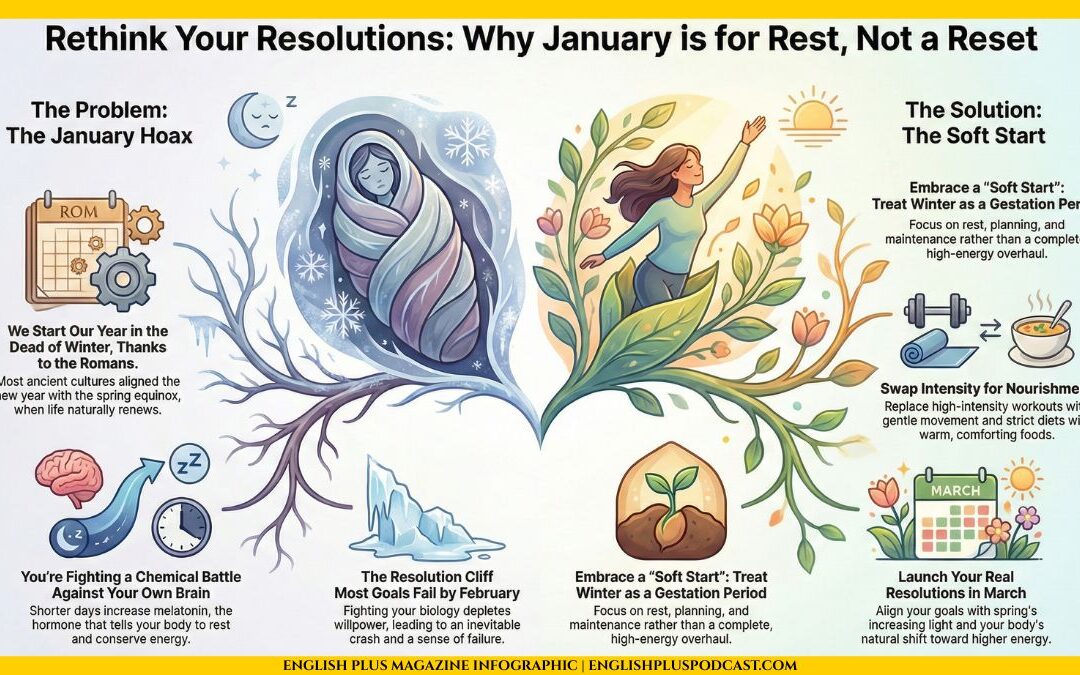Every society is a beautiful, intricate dance of unspoken rules and invisible lines. A symphony where every gesture, silence, and expression plays a note in an ongoing melody of human interaction. If you’ve ever wondered what these unwritten rules are or how to master the steps of this silent dance, you’ve just stumbled upon your golden ticket.
1. What exactly are social norms?
Social norms are like the silent puppeteers orchestrating the dance of society. They’re the unwritten rules that govern behavior, the silent whispers that guide interactions, the invisible hands that shape relationships. Every nod, handshake, and even the awkward silence at the dinner table – all are choreographed by these norms.
2. Are social norms universal or culture-specific?
If social norms were universal, we’d live in a world where every hello, goodbye, and ‘excuse me’ would echo with uncanny similarity from the busy streets of New York to the quiet pathways of a remote village in Japan. But alas, social norms are as diverse as the cultures they spring from. A handshake here could be a bow there, and direct eye contact that signifies confidence in one culture could be considered rude in another.
3. How important is eye contact?
Ah, the silent language of the eyes. In many Western cultures, eye contact is akin to a firm handshake – a sign of confidence, attentiveness, and respect. In other cultures, too much eye contact can be as welcome as a mosquito at a barbecue. It can be perceived as confrontational or disrespectful. The trick? Adapt your eye language to the cultural symphony you’re part of.
4. What’s the deal with personal space?
Personal space is like an invisible bubble we carry around. Invade it, and you’re as popular as someone opening a tuna sandwich in a crowded room. In Western societies, an arm’s length is generally a safe bet. In more crowded countries, personal space is like a mythical creature – often talked about, rarely seen.
5. How do I navigate greetings in different cultures?
A kiss, a hug, a bow, a handshake – greetings are as diverse as the world is wide. In Japan, a bow is common. In France, a kiss on both cheeks will do. In professional settings across the U.S and many other Western countries, a firm handshake seals the deal. When in doubt, a smile is the universal greeting that rarely misses the mark.
6. How important are punctuality and time?
Time is a slippery concept. In some cultures, being ‘fashionably late’ is a fashion that went out of style ages ago. In others, showing up ‘on time’ can earn you alone time with the host’s pet. Adjust your watch according to the cultural tunes.
7. Is there a universal norm for giving and receiving gifts?
Gift-giving is an art where the thought often counts as much, if not more, than the gift itself. In many Asian cultures, for instance, it’s the gesture, the respect, the relationship that wraps the gift, more than the price tag. Remember, every gift tells a story. Make yours a bestseller.
8. What role do manners and courtesy play in social norms?
Manners are the silent sonnets sung during interactions. “Please”, “thank you”, a nod, a smile – these are the silent threads weaving the fabric of society. They’re universal yet tailored, simple yet profound. The currency that, when well spent, earns rich dividends in relationships.
9. How do gestures and body language fit into social norms?
Every nod, point, and wave is a word in the silent language of social interactions. But beware, a thumbs up here could be a faux pas elsewhere. Gestures are culture-specific, so when the verbal language hits a barrier, ensure your body language is singing the right tunes.
10. Can social norms and etiquette change over time?
As constant as change, social norms morph, adapt, and evolve. Today’s norm could be tomorrow’s ‘remember when’. Staying attuned to the changing rhythms, being adaptable, and having an open mind is akin to having a VIP pass to the ever-evolving dance of societal interactions.
Navigating the world of social norms and etiquette is akin to learning a new language, where silence speaks, gestures paint pictures, and every interaction is a verse in an unfolding ballad. It’s about attuning your ears to the silent symphonies, your eyes to the unspoken narratives, and your soul to the intricate dance of human connections.
So the next time you find yourself amidst the silent sonatas of social norms, remember, every culture is a unique dance, and you’re both the dancer and the audience. Step in with an open heart, attuned senses, and a silent respect for the unwritten rules, and watch the dance of human connections unfold in its full grace. You’re not just a participant; you’re a silent composer, adding your notes to the eternal melody of human connections. Every nod, smile, and gesture is a step in this dance. Happy dancing!










0 Comments